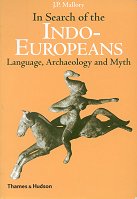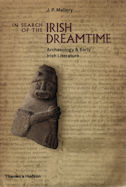With the skill of a forensic scientist, Dr Mallory traces the immediate origins of each of the Indo-European peoples of Europe and Asia. By comparing their languages he demonstrates their common cultural heritage, and through the technique of comparative mythology he examines their earliest beliefs. Then he puts the case for their most likely homeland and presents the archaeological and linguistic evidence for their expansion across Europe and Asia, a process that has in recent times carried Indo-European speakers to every corner of the world.
Accompanied by extensive quotations from translated texts and fully illustrated with maps, diagrams and photographs, In Search of the Indo-Europeans is recognized as the standard work in its field.


